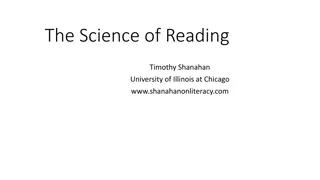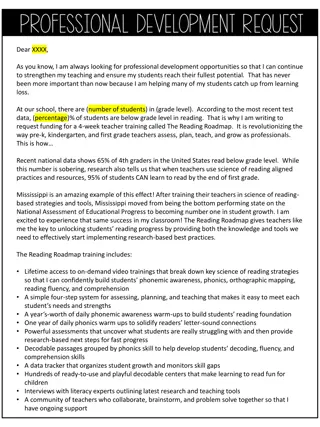
Innovative Stories from Reader's Bank Level 7 Unit 11
Explore the journey of Bill Bowerman, the founder of Nike, from being a coach to creating the iconic waffle sole, learn about the broken windows theory, and discover the debate on the causes of diseases by renowned microbiologist Louis Pasteur. Dive into these intriguing narratives that offer unique insights into innovation, crime prevention, and disease theories.
Download Presentation

Please find below an Image/Link to download the presentation.
The content on the website is provided AS IS for your information and personal use only. It may not be sold, licensed, or shared on other websites without obtaining consent from the author. Download presentation by click this link. If you encounter any issues during the download, it is possible that the publisher has removed the file from their server.
E N D
Presentation Transcript
31 _1 / p. 102 Reader s Bank Level 7 Bill Bowerman founded Nike, the world-famous shoe company. But when he was young, he was once a coach for a track and field team at the University of Oregon. As a caring coach, he disliked the metal spiked shoes that were widely used at the time. So, he always tried to find lighter and more comfortable running shoes for his athletes. But the shoes he could get weren t good enough. So he designed a pair of running shoes himself.
31 _2 / p. 102 Reader s Bank Level 7 How did Bill Bowerman make the first rubber sole? One day, he was watching his wife making waffles for breakfast. Then, he asked himself a question that might seem silly to other people. He wondered what would happen if he poured rubber into a waffle iron. Later, he tried it, and the result was something like the bottom of most sport shoes we see today. In the end, his silly question led to the waffle sole, which was a great breakthrough in the shoe industry.
32 _1 / p.104 Reader s Bank Level 7 In gangster movies, we often see crimes take place in back alleys. The windows of the buildings are broken, and their walls are covered with messy writings or drawings. Do crimes actually happen in those places? According to James Q. Wilson and George L. Kelling s broken windows theory, the answer is yes. If a window in a building is broken and left unrepaired, the people walking by think that no one cares about it. They take it as a message of neglect and are more easily tempted to commit crimes.
32 _2 / p.104 Reader s Bank Level 7 Therefore, if we remove a sign of disorder that leads to crimes, the crime rate should decrease. In fact, New York City Mayor Rudolph Giuliani started to use this theory to reduce crime in 1994. Police officers kept the subways free of graffiti and stopped people from riding for free. These actions signaled that the city had taken control of the subway again and helped to reduce crime significantly. Surprisingly, the crime rate dropped by 30 to 40 percent after a year of this policy.
33 ?_1 / p.106 Reader s Bank Level 7 What do you think really causes diseases? In the 19th century, world-famous microbiologist, Louis Pasteur, said that diseases were caused by germs, like bacteria and viruses. But some scientists argued that this was not true. They believed that bacteria were only the result of diseases, not the cause. Those who opposed Pasteur compared bacteria to flies. Flies are Attracted to rotten, smelly food. Does this mean that flies make Food go bad? Obviously not. The food has already gone bad before flies land on it. Flies mostly go for food that has gone bad. They rarely go for fresh food. Bacteria are like f lies. Bacteria are normally found in diseased, rotten body tissue because their mission is to remove the rotten tissue. Bacteria never attack healthy body tissue with strong immunity.
33 ?_2 / p.106 Reader s Bank Level 7 Medical doctors unjustly blame bacteria for causing diseases and often prescribe antibiotics to kill them. However, killing bacteria is as unreasonable as killing f lies. Even if the f lies are removed, the food will not become fresh. In the same way, sick people don t get better just because bacteria are killed. On his deathbed, Louis Pasteur actually said, Germs are nothing; the condition of the body is everything. If this is true, then the best way to stay healthy is to build a strong body by taking in proper nutrition and exercising on a regular basis. . He






















